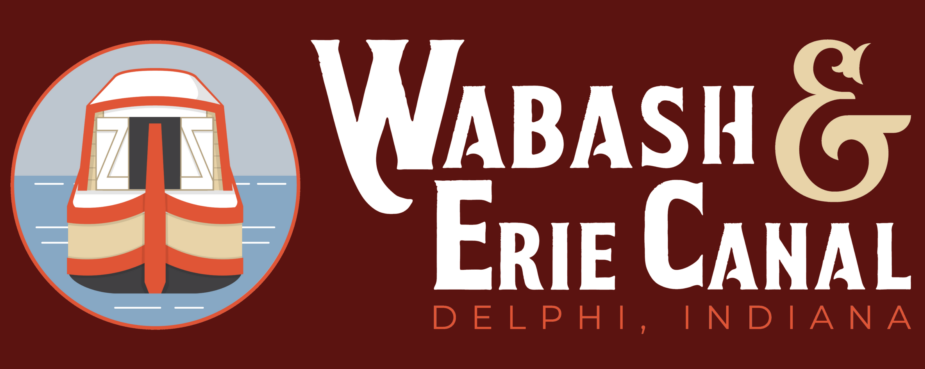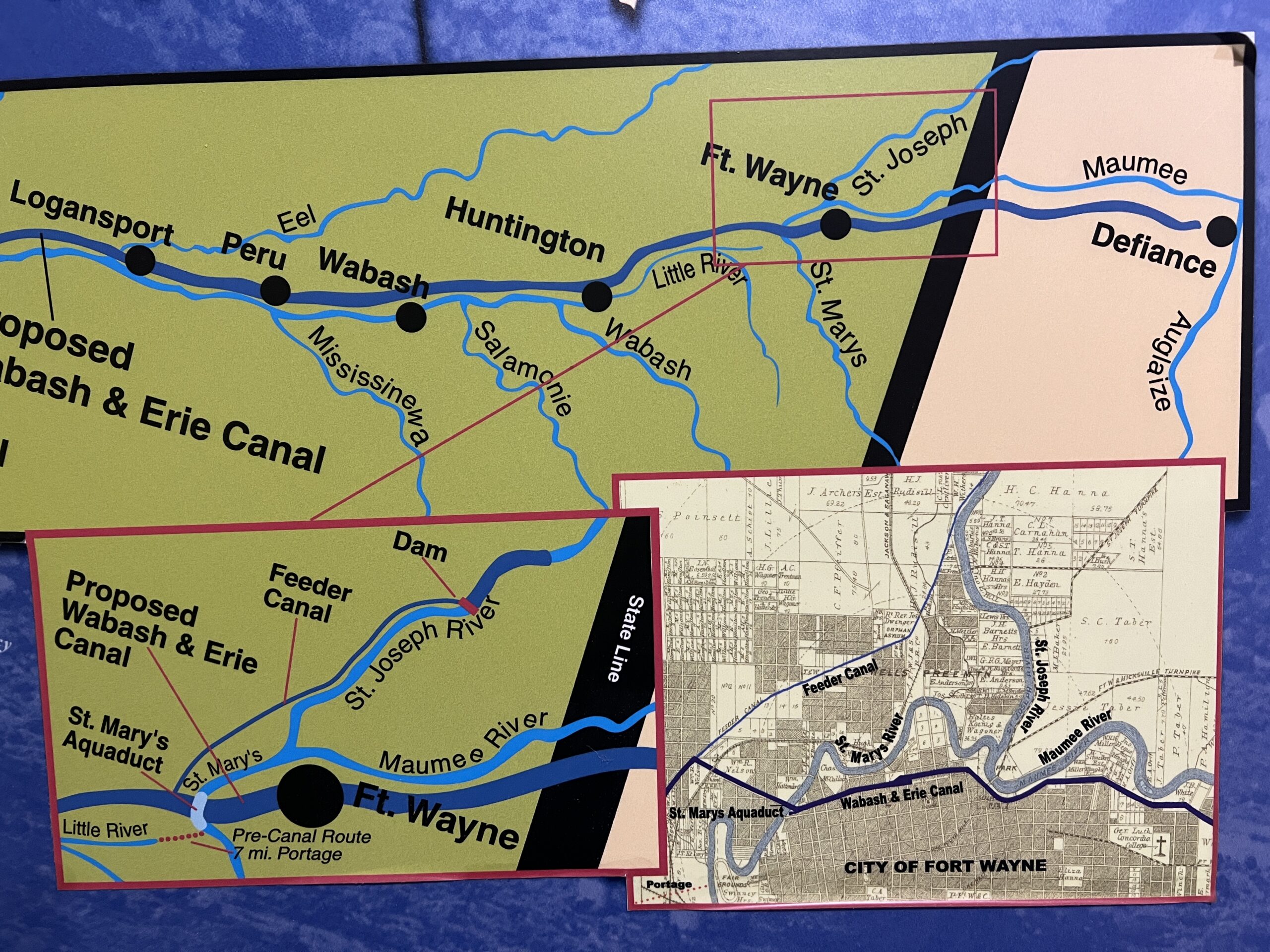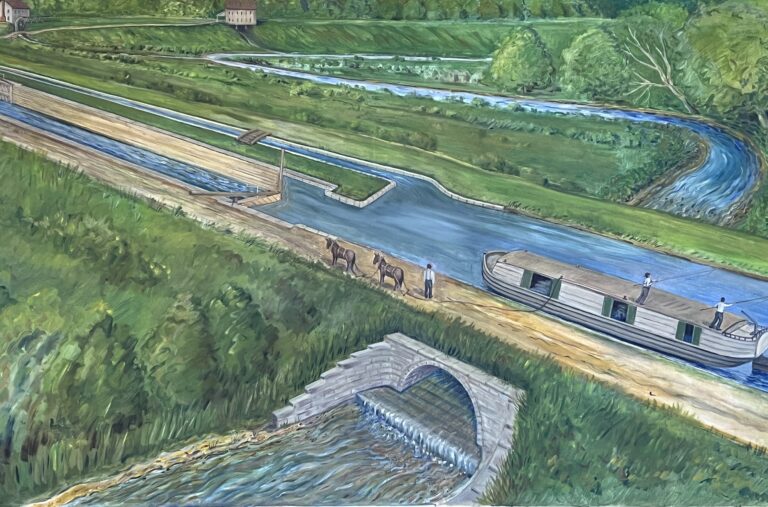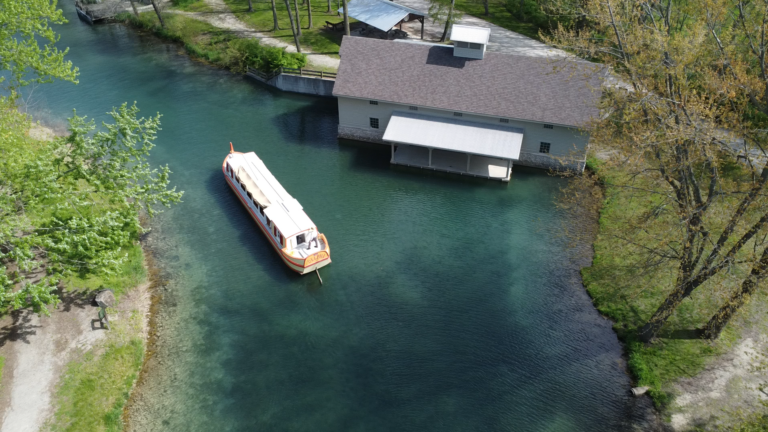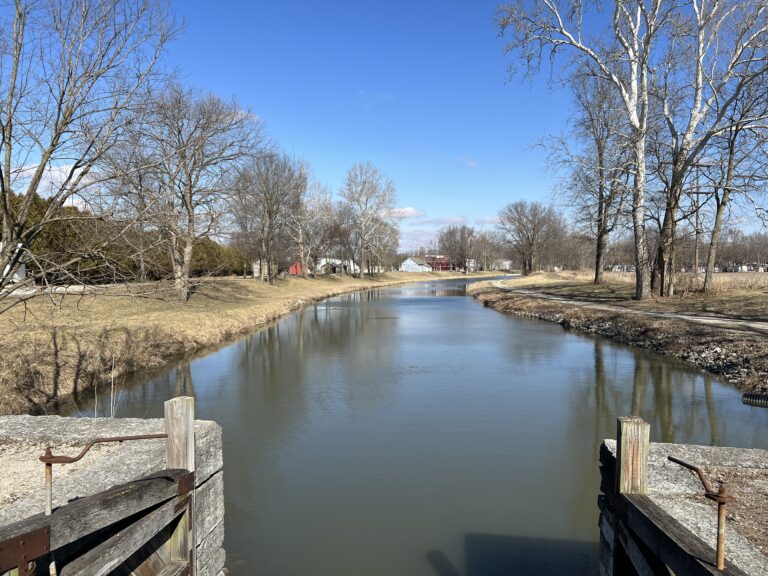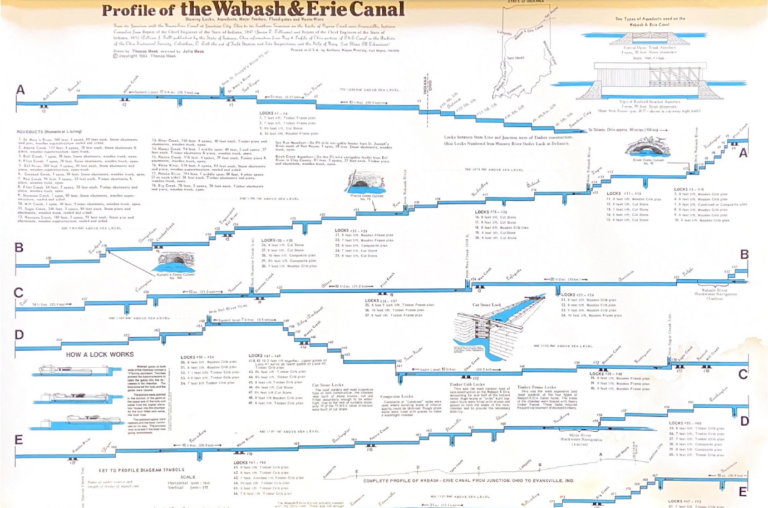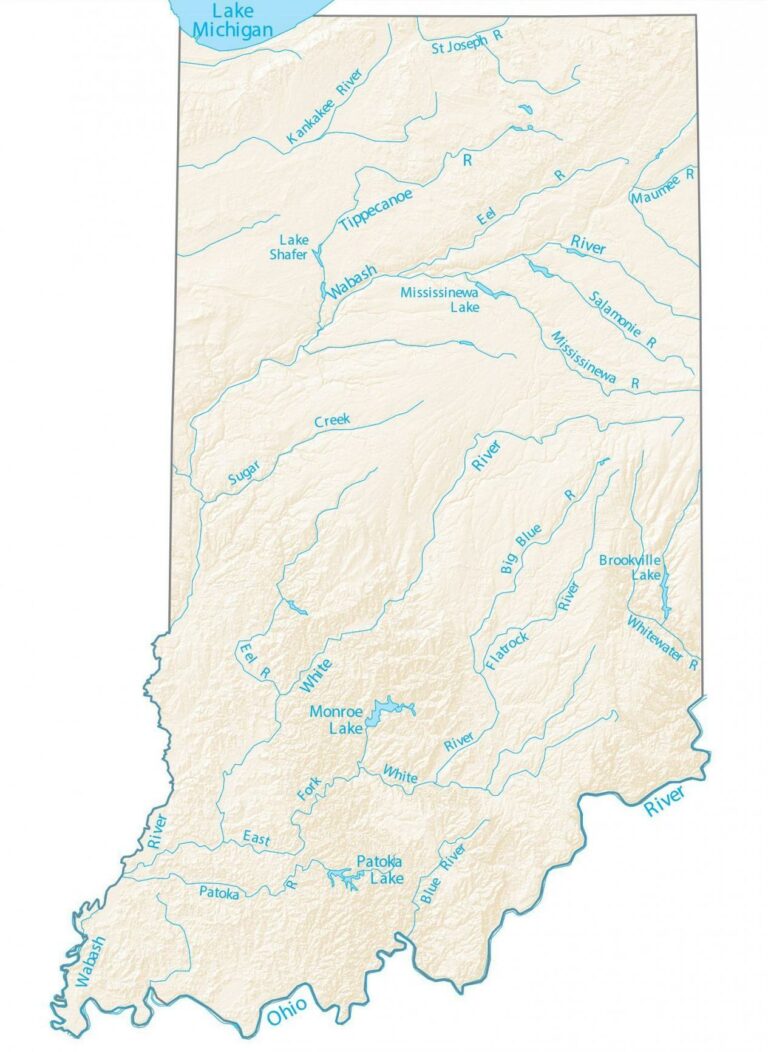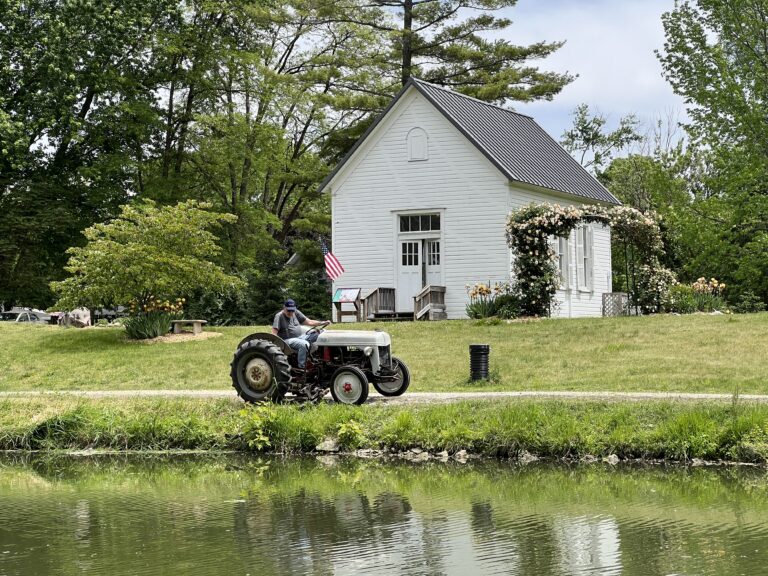Note: This series originally aired on WBOI FM public radio of Northeast Indiana. Thanks to Tom Castaldi for allowing and facilitating its reproduction.
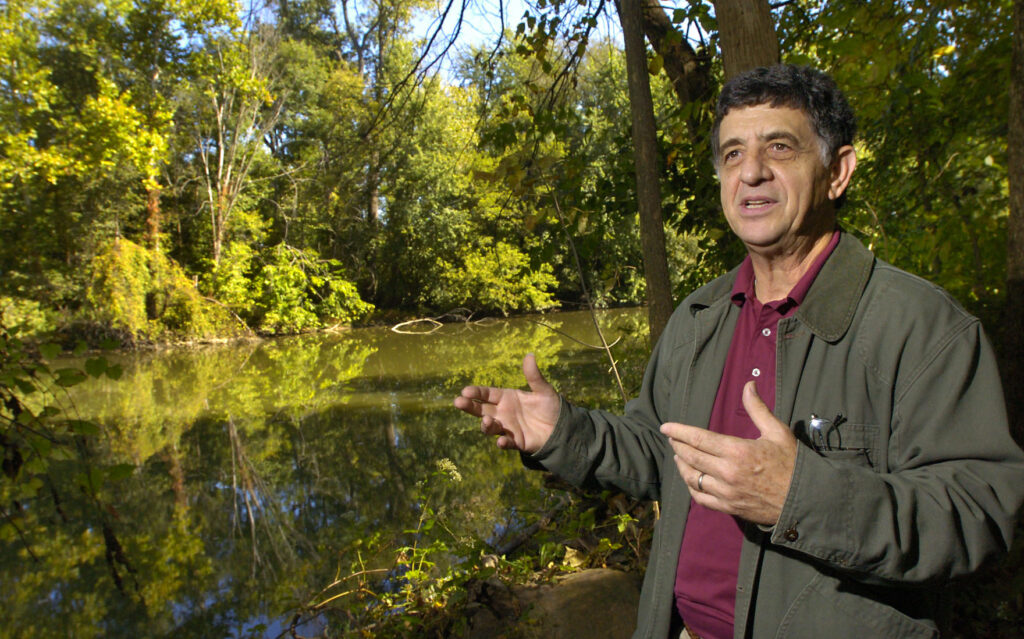
Build the longest canal in America without a source of water, no building stone, and no surveyor’s tools?
That’s what the State of Indiana faced in 1827, before Sam Hanna, David Burr and surveyor John Smythe laid out a water route from the Saint Joseph River six miles north of Fort Wayne to make the Wabash & Erie Canal a reality.
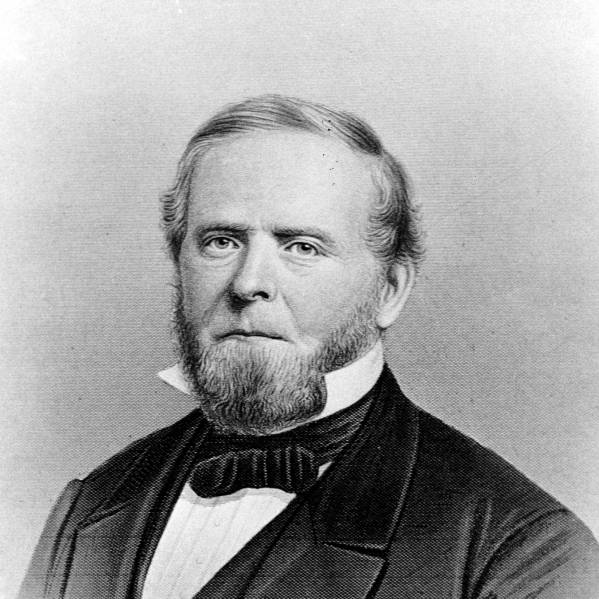
Because Fort Wayne was the highest point on the proposed line, water had to be found to be poured in from the top to make it work.
Hanna then traveled from Indiana to New York, the only place surveyor instruments could be found at the time. It’s said that he made the trip out and back in an unusually fast time. Pretty good when only horse, steamboat, and stagecoach could hurry the pace.
To top it off, the three men worked so rigorously that Burr collapsed from exhaustion and Smythe actually died of the fever. Somehow Hanna persevered and delivered to the Indiana General Assembly the route for a feeder canal ready to dig and the project was approved in 1827.
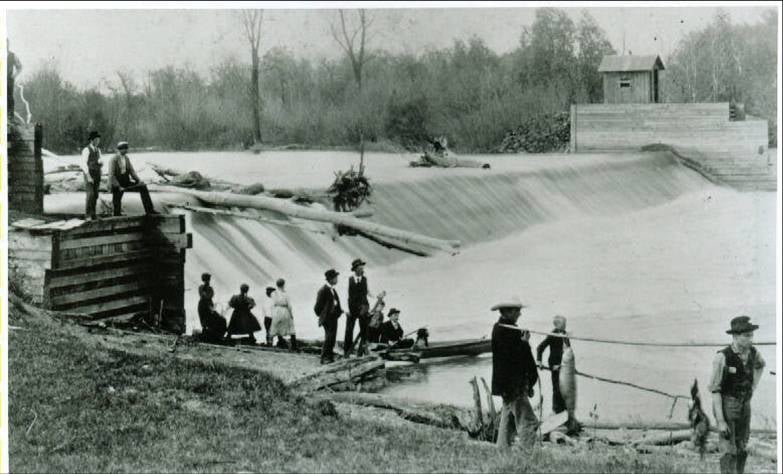
A dam on the Saint Joseph, at present-day Shoaff Park in Fort Wayne, was the answer but it had to be made of felled trees, brush, sand, sediment and wood because there is no building stone in the county.
Yet, with no water, no instruments, and no building stone, the canal that finally made possible an unbroken water connection between the Saint Lawrence Seaway and the Gulf of Mexico was completed. It pioneered the way for the railroads and highways we use today.
